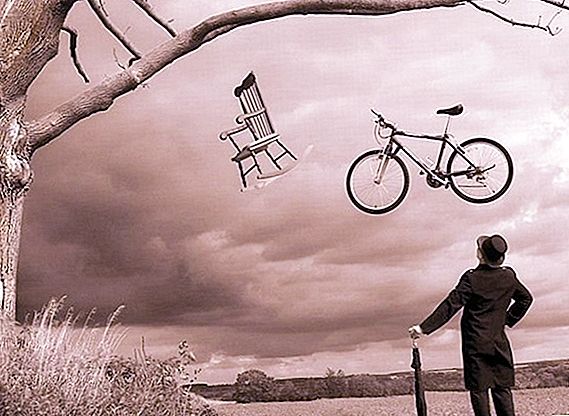To make it easier to perceive and analyze any incoming information, you need to use some methods to organize it. The English psychologist Tony Buchan suggested using mental cards or mind cards (these are also called memory cards, thinking cards, or intelligence cards) for these and not only these purposes.

The concept of mental cards
A mental card is a representation in a graphic, systematic and complex form of a specific event, process, idea or thought. Usually this is a kind of diagram on a large sheet of paper, which captures a huge number of connections between different objects in the area in question. Such a presentation of the material has advantages over its presentation in writing, since it highlights only the most important images, words and relationships.
With the help of such seemingly confusing maps, the human brain more easily perceives information, analyzes it and makes some decision or determines an action plan. And all because the brain also does not think linearly, a mass of neural connections are born in it before complete information appears.
Freehand mind map
In order to correctly make a mental map that will give the desired results, you need to adhere to several rules in its implementation. One of the first rules is the horizontal layout of the sheet. This is due to the proximity of this form to the natural. The human eye perceives the "rectangles" lying on the long side better (as is the case with a TV, computer screen or educational board). Words on the map are also better placed horizontally so that you can see the whole picture without looking up.
In the center you need to place the main element of the map (goal, plan name, proper names, etc.). This center needs to be designed accordingly: brightly (using more than three colors), with pictures, frames and the original font. Around this center are branches: either subgoals, or sections, or plan items, etc. They must be connected with the center by lines, and the lines, depending on the type of connection (associative, causal or indirect), should be decorated in different colors or even using pictures in the form of thick chains, thin strings, strong fishing lines, etc. There should be as many graphic elements in the card as possible: they are perceived better than words.
From the objects of the second order, which are associated with the central object, you can also divert new positions that clarify and make more specific the points of the plan or subsections. In terms of specificity, one does not have to go too deep and highlight unnecessary or granted points. It is advisable to use one keyword or phrase to describe each line and each position.
It is worth noting that when creating a map dedicated to one issue, you should not touch on completely different areas. Even if an associative connection led a person to some new topic, it is better for her to develop a new map, while indicating a link to the old one.
There should be many colors, textures, various lines and arrows on the map, but it is important not to overdo it. The main goal of the card is to organize information and ease of working with it, and for a lot of unnecessary details, the meaning may be lost. Thus, the mental map must be made expressive, vibrant, emotional, but at the same time clean and clear. To achieve this much-needed balance, practice will help.
Analyzing the created map of thought, one can take a different look at the object or topic under consideration. Perhaps the associative series will bring a person to a completely new and creative way of acting or changing a goal due to the inability to achieve it in the previously outlined way.
